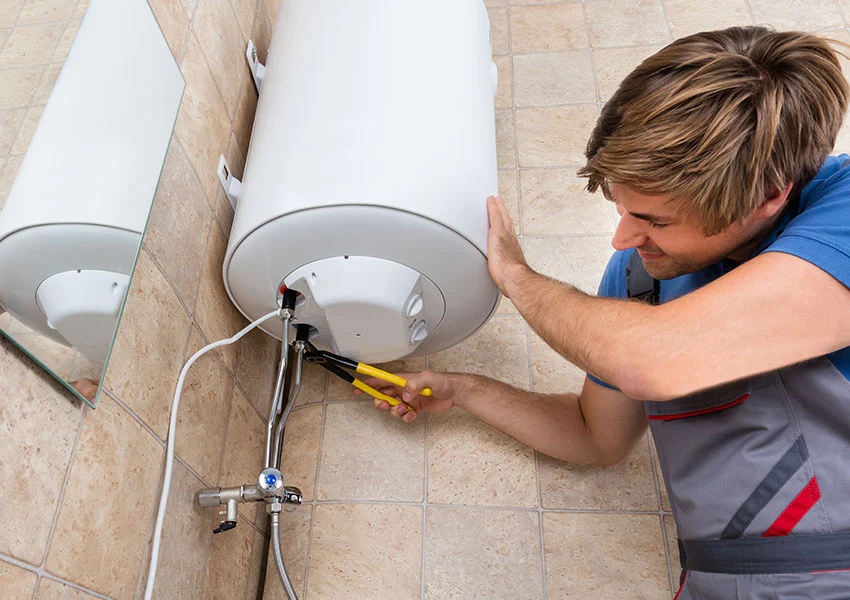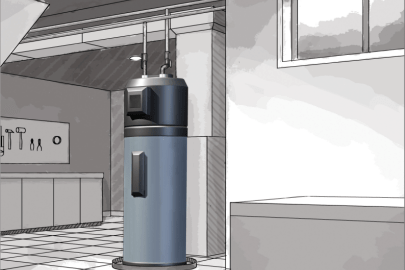Expert Advice for Caring for Your Home's Hot Water SystemHow to Care for Your Home's Hot Water System EffectivelySpecialist Guidance for Caring for Your Home's Hot Water System
Expert Advice for Caring for Your Home's Hot Water SystemHow to Care for Your Home's Hot Water System EffectivelySpecialist Guidance for Caring for Your Home's Hot Water System
Blog Article
We have encountered this post about How to Maintain a Hot Water Heater in a Few Simple Steps below on the internet and believe it made sense to discuss it with you on this page.

Hot water is important for daily comfort, whether it's for a revitalizing shower or cleaning meals. To guarantee your hot water system runs effectively and lasts longer, routine maintenance is essential. This short article offers sensible pointers and understandings on how to maintain your home's warm water system to stay clear of interruptions and expensive repair services.
Introduction
Maintaining your home's hot water system might appear overwhelming, however with a few easy steps, you can guarantee it runs efficiently for many years to find. This guide covers everything from recognizing your warm water system to do it yourself maintenance tips and knowing when to call specialist assistance.
Significance of Preserving Your Hot Water System
Normal upkeep not only extends the lifespan of your warm water system however also guarantees it runs effectively. Overlooking maintenance can bring about reduced efficiency, greater power bills, and even early failure of the system.
Signs Your Warm Water System Requirements Maintenance
Recognizing when your hot water system needs focus can avoid major concerns. Watch out for signs such as inconsistent water temperature level, strange sounds from the heating unit, or rusty water.
Comprehending Your Hot Water System
Prior to diving into maintenance jobs, it's practical to understand the standard elements of your hot water system. Normally, this includes the hot water heater itself, pipes, anode poles, and temperature controls.
Monthly Upkeep Tasks
Regular regular monthly checks can help capture minor concerns before they rise.
Flushing the Hot Water Heater
Flushing your hot water heater removes debris buildup, enhancing efficiency and extending its life.
Checking and Changing Anode Rods
Anode rods stop deterioration inside the storage tank. Evaluating and replacing them when broken is essential.
Evaluating and Adjusting Temperature Level Settings
Changing the temperature level settings makes sure optimal performance and safety and security.
DIY Tips for Upkeep
You can execute a number of upkeep tasks yourself to maintain your hot water system in top problem.
Looking for Leaks
On a regular basis inspect pipes and links for leaks, as these can bring about water damage and greater expenses.
Examining Pressure Alleviation Valves
Evaluating the stress relief valve guarantees it functions properly and prevents extreme stress accumulation.
Shielding Pipes
Protecting hot water pipes lowers heat loss and can conserve energy.
When to Call an Expert
While do it yourself maintenance is helpful, some issues need expert experience.
Facility Issues Requiring Expert Assistance
Instances consist of significant leaks, electrical problems, or if your water heater is constantly underperforming.
Regular Professional Maintenance Benefits
Expert maintenance can consist of complete examinations, tune-ups, and making certain conformity with security criteria.
Verdict
Normal upkeep of your home's warm water system is crucial for performance, long life, and price financial savings. By adhering to these pointers and recognizing when to look for specialist aid, you can guarantee a trustworthy supply of warm water without unexpected disruptions.
Water Heater Maintenance: The Basics
Maintaining your water heater will ensure it operates efficiently and has a longer lifespan. Neglecting regular maintenance can lead to costly repairs and an even bigger chunk of your savings if you have to replace it sooner than necessary. But there’s good news: Most water heater maintenance tasks are relatively simple and easy for homeowners with basic DIY skills.
Flush the Water Heater
Over time, sediment and minerals can build up in the tank, reducing its efficiency and potentially causing damage. To flush the tank, turn off the power or gas supply, attach a hose to the drain valve near the bottom and open the valve to drain the water until it runs clear. Ideally, flush the tank annually.
Replace the Anode Rod
The anode rod is a sacrificial metal rod that helps prevent corrosion inside the tank. Inspect and replace it every three to five years or per the manufacturer's recommendation. To replace the anode rod, turn off the power or gas supply, drain a few gallons of water from the tank, unscrew the old rod and replace it with a new one. If the anode rod is significantly corroded or covered in calcium buildup, it's a sign the water heater may need to be replaced soon.
Tune-Up
A yearly tune-up can help identify potential issues and ensure your water heater operates at peak efficiency. This typically involves checking the thermostat, burner assembly (for gas heaters) and any other components specified by the manufacturer. During a tune-up, the technician may also clean the burner and adjust the pilot light (for gas heaters) or examine the heating elements (for electric heaters).
How to Maintain Your Water Heater
Insulate the tank. Insulating the tank can improve energy efficiency and reduce heat loss, saving you money on energy bills. You can purchase precut insulation blankets designed specifically for water heaters or use standard fiberglass insulation wrapped securely around the tank. Check the temperature. The recommended water temperature for most households is around 120 degrees Fahrenheit (49 degrees Celsius). Higher temperatures can increase energy costs and potentially cause scalding. Use a kitchen thermometer to check the temperature at the faucet nearest the water heater. Monitor water pressure. Excessive water pressure can strain the water heater and cause leaks or even tank failure. Install a pressure-reducing valve if necessary. The ideal water pressure range is between 60 and 70 PSI (pounds per square inch). Test the temperature and pressure (T&P) relief valve. The T&P relief valve is a safety feature that releases pressure if the tank gets too hot or the pressure builds up too high. Test it annually by lifting the lever and allowing a small amount of water to release. Replace the valve if it doesn't release water or reseal properly. Check for leaks. Regularly inspect the tank, pipes and fittings for leaks or corrosion. Deal with issues promptly to prevent further damage. Even a small leak can lead to significant water damage over time. Consider a tankless water heater. If your traditional tank-style water heater is nearing the end of its lifespan ( typically 10 years), consider replacing it with a tankless water heater. These units heat water on demand, reducing standby energy losses and potentially saving you money on your energy bills. Schedule professional maintenance. While homeowners can perform many water heater maintenance tasks, it's still a good idea to schedule professional maintenance every few years. A plumber or HVAC technician can thoroughly inspect the unit, identify potential issues and ensure it operates safely and efficiently. https://www.homeserve.com/en-us/blog/home-improvement/hot-water-heater-maintanence/

As a passionate reader about Tips on Maintaining a Water Heater, I imagined sharing that piece of content was really useful. Sharing is caring. Helping others is fun. Many thanks for taking the time to read it.
Find Out More Report this page